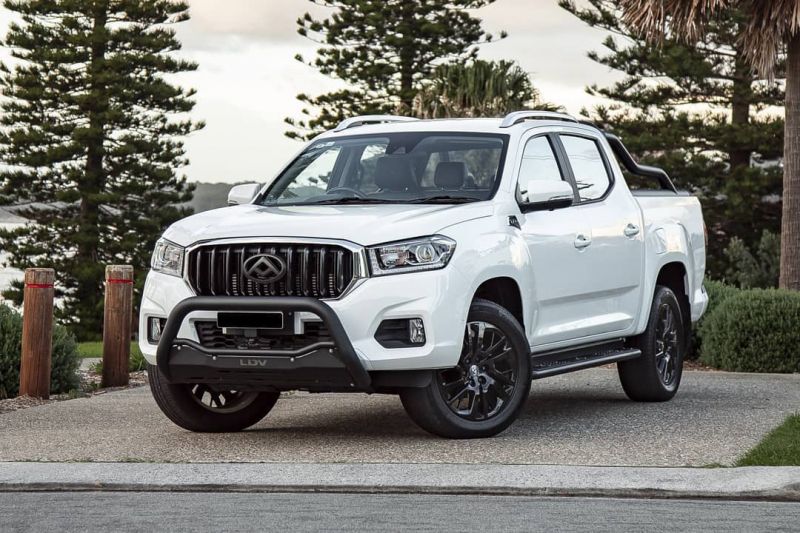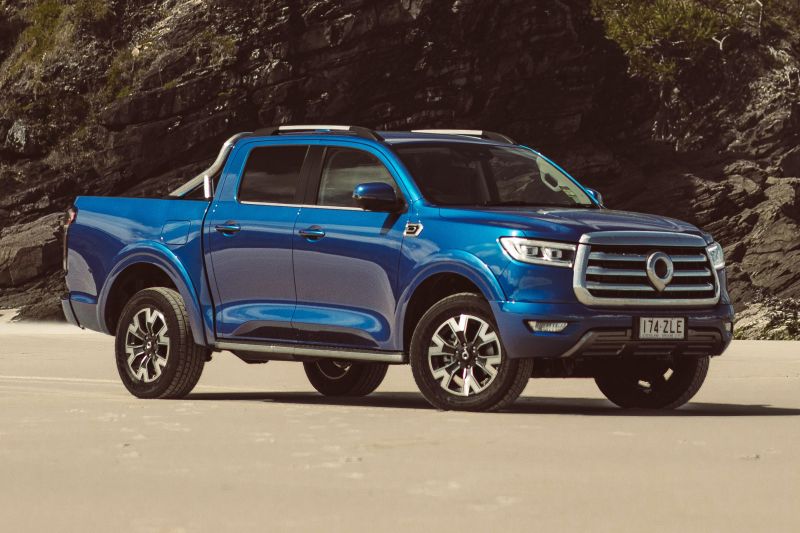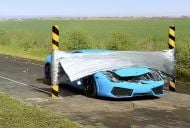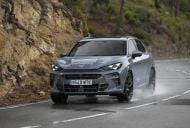Diplomatic tensions between the governments of Australia and China may be impacting trade in some parts of the economy, but seemingly not in the car business.
Sales of China-made cars totalled 30,696 units last year, up 70.9 per cent over 2019’s tally. That’s in an overall new vehicle market that declined by 13.7 per cent.
China also became Australia’s sixth-largest source of vehicles in 2020, behind Japan (309,601), Thailand (213,456), Korea (123,725), Germany (58,558), and the USA (33,731). In 2019 China was Australia’s seventh-largest source, but overtook England last year.
With many more established and familiar models becoming more expensive due in part to the fitment of expensive safety technologies and unfavourable exchange rates, ambitious upstart brands from the world’s biggest market are capitalising.
Which manufacturers are driving this?
You may not know much of SAIC Motor, based in Shanghai. But you probably know its two subsidiary brands sold in Australia: MG Motor and LDV (called Maxus overseas).
MG makes Australia’s top-selling Light Car (the MG 3), outselling well-known models like the Toyota Yaris, Suzuki Swift and Kia Rio. It also makes the cheapest electric vehicle on sale (the MG ZS EV), and the increasingly popular ZS small SUV and HS medium SUV.
Meanwhile LDV produces the T60 dual-cab ute that almost doubled its 4×4 pickup market share to 3.7 per cent last year, as well as the G10 van and people-mover, and Deliver 9 large van that is pitched as a budget Mercedes-Benz Sprinter.
All up MG found 15,253 buyers last year, putting it 17th in-market and just 333 sales away from overtaking Suzuki. LDV found 9323 buyers, finishing 18th overall. Put together, these nameplates recorded 24,576 sales, up 66 per cent over their combined 2019 hauls.
We should caveat that they’re not generally put together because the two brands are sold in Australia through two different distributors.
MGs are sold here by an in-house factory distributor and marketer that reports to Shanghai, while LDV’s products are imported by the independent business Ateco Automotive under license.
Nevertheless, to put this 24,576 sales tally into context, that put the combined wares of SAIC Motor in 12th place overall in 2020 between Honda (29,040) and BMW (23,520).
MG and LDV were not the only Chinese brands to grow in 2020. Great Wall Motor’s two brands – the newly renamed GWM (replacing Great Wall) and its Haval SUV division – both boomed as well.
Haval reported 3294 sales from its range comprising the H2 small SUV, H6 medium SUV, and H9 large SUV, up 93.1 per cent over 2019. It therefore outsold Mini and Peugeot. Meanwhile Great Wall sold 1941 of its budget (now-discontinued) Steed utes, up 38.5 per cent.
Another China-made vehicle that’s popular in Australia is the Volvo XC60. Volvo is owned by Chinese company Geely, which also owns Polestar, Lotus, London Taxi, Lynk & Co, and Proton. Most of Volvo’s products sold here are made in Europe or the US, however.
You can reasonably expect further growth from Chinese cars in 2021. MG has just expanded the HS range with a new base model, will launch a plug-in hybrid (PHEV) HS this year, and is looking closely at launching the MG 5 small sedan.
Meanwhile GWM is about to launch its new Steed-replacing Ute, which is now as big as a Ford Ranger and loaded with features.
The next model launch is the new-generation Toyota RAV4-sized H6, locked in for Australian arrival around the middle of 2021, to be followed by a new H2 expected shortly after.
MORE: Australia’s new vehicle sales at their lowest since 2003







